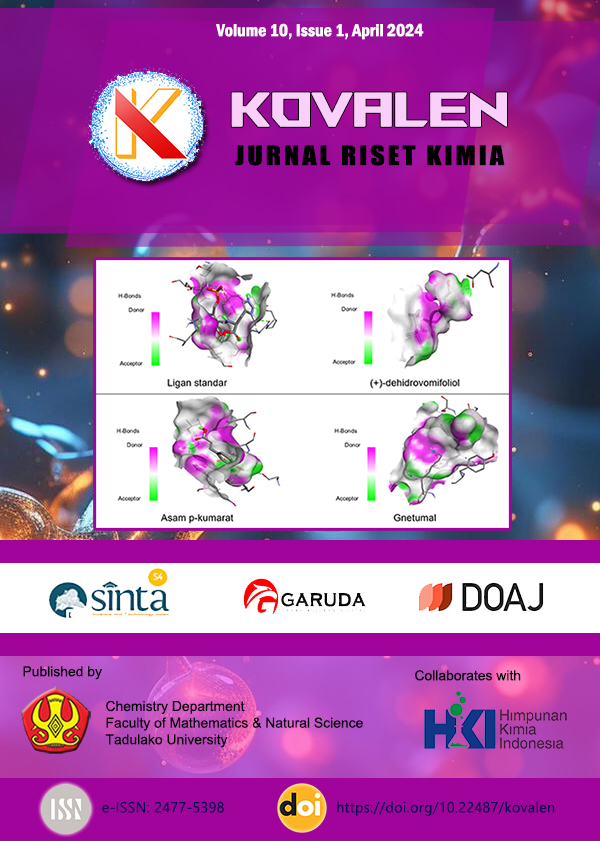Main Article Content
Abstract
Ion exchange is one of the water treatment methods used to reduce hardness. To improve the performance of the ion exchange columns, modification can be done by adding an activated carbon column placed after the ion exchange column to adsorb ions that were not exchanged by the resin so that the treated water met boiler feed water quality standards. The purposes of this study were to determine the best flow rate to reduce hardness in the configuration of the ion exchange and activated carbon columns, determine the saturation time of each column, and determine their exchange/adsorption capacities. The steps of this study included modifications and repair of equipment, leak tests, and configuration system performance tests. Performance tests were conducted by varying the feed flow rates by 0.2; 0.4; 0.6; 0.8; 1 GPM and analyzed the efficiency of hardness reduction. The results of this study showed that the best flow rate to reduce the initial hardness of 499 mg/ L CaCO3 was a flow rate of 0.6 GPM or 2.2 LPM. The efficiency of hardness reduction in the configuration system was 100%. The conductivity of the effluent of anion column and activated carbon column decreased compared to the conductivity of the effluent of cation column with an average decrease of 33.17% in the anion column and 18.35% in the activated carbon column. The saturation time of the configuration system was 168 minutes in cation resin, 46.4 minutes in anion resin, and 159 minutes in activated carbon. Furthermore, the adsorption capacity of cation resin, anion resin, and activated carbon were 35.28 mg/g, 43.98 mg/g, and 9.61 mg/g, respectively. The addition of activated carbon in the configuration system lowers the conductivity of the effluent and decreases hardness.

